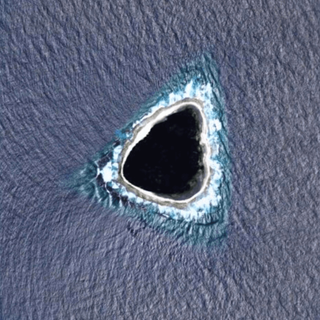At present, there are more than 3,000 species of snakes on Earth. According to National Geographic, they’re almost omnipresent — except in Antarctica, Iceland, Ireland, Greenland, and New Zealand. But, as The Economist recently mused: “Why there are so many species of serpent[s]?”
The answer might lie in the extinction of dinosaurs, odd as that might sound. Turns out, the extinction of the colossal reptiles paved the path for the rapid evolution of snakes, scientists have discovered.
With the dominant predators out of the picture, there were many birds and mammal species left with no one to prey upon them. So, suddenly, the “Earth became an all-you-can-eat buffet for snakes,” describes Popular Science.
Published in PLOS Biology, a new study just found out the diets of snakes expanded from insects to a variety of vertebrates precisely around the time the infamous dinosaur-killing asteroid hit the planet over 60 million years ago.
Related on The Swaddle:
It’s No Mystery That Superstition Is Behind India’s High Snakebite Deaths
“They just exploded in their dietary diversity in a relatively short period of time that event we find a signal of a big explosion in dietary diversity… The survivors of that event went on to evolve this huge range of eating styles that we see today,” Michael Grundler, lead author of the study and a postdoctoral researcher in ecology and evolutionary biology at the University of California, Los Angeles, said in a statement.
The researchers attribute the “snakes’ unique success among legless lizards” to this large-scale diversification of their diets. well, if you have ophidiophobia (extreme fear of snakes), you have asteroids to blame.
However, given that past research has shown how snakes used to feast on baby dinosaurs, I wonder how dinosaurs would have fared if snakes outnumbered them in their lifetimes. But that’s a question for evolutionary biologists, perhaps, to answer.
Meanwhile, I’m shook at the idea of snakes, basically, “[eating] their way to success,” as Nature framed it.




